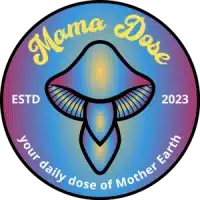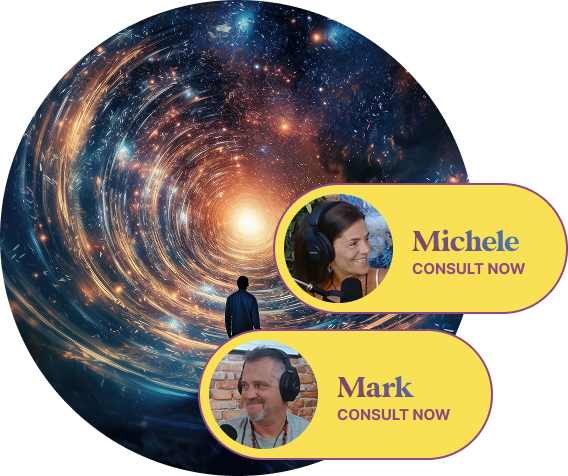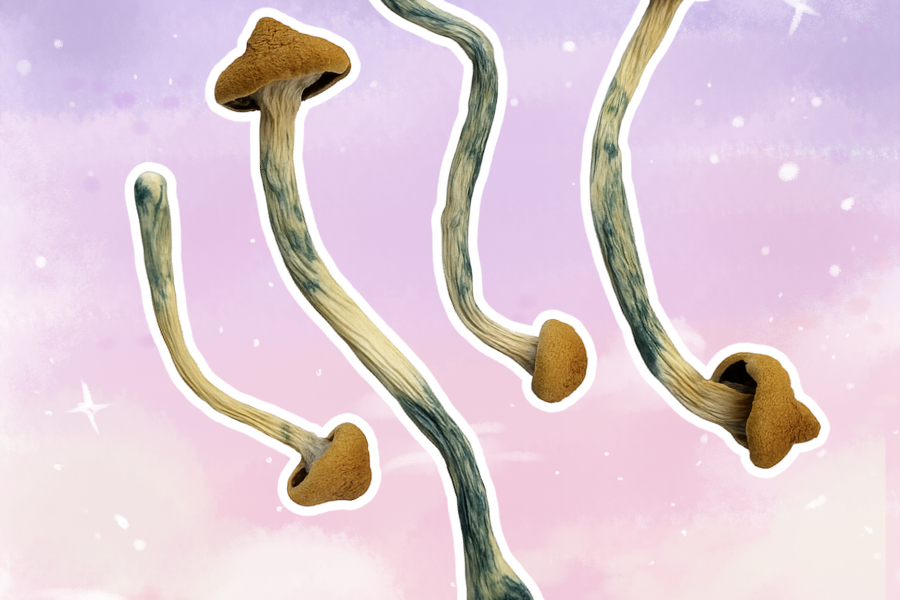

Table of Contents
Toggle
Mushrooms are nature’s oddballs, popping up in forests, fields, and even dung piles with an almost otherworldly flair, but why do magic mushrooms turn blue? Some glow faintly in the dark, others sport vibrant caps, and a select few turn a striking blue when touched. This curious blue bruising has long fascinated foragers, psychonauts, and even scientists, sparking questions about what causes it and what it means. Is it a sign of potency, a chemical quirk, or something else entirely?
When you pick or press a magic mushroom, you might notice it shift to a vivid blue, almost as if it’s blushing in response to your touch. This isn’t just a psychedelic party trick; it’s a chemical reaction that sets certain mushrooms apart. While the blue hue is often linked to psychedelic species, it’s not exclusive to them. Even the humble button mushroom can show faint bluish spots when damaged. Unlike human bruises, which come from broken blood vessels, this color change stems from a unique interplay of compounds within the mushroom’s cells. It’s a visual clue that something fascinating is happening beneath the surface, and it’s been a topic of intrigue for mycologists and enthusiasts for decades.
The blue color in magic mushrooms is the result of a chemical reaction triggered by physical damage, like picking or handling. In 2019, a team led by German scientist Dirk Hoffmeister cracked the code on this process. When a mushroom is stressed, two enzymes, PsiP and PsiL, spring into action. PsiP transforms psilocybin, the psychoactive compound responsible for the mushroom’s mind-altering effects, into psilocin. Then, PsiL rapidly oxidizes the psilocin, causing the molecules to link up into pairs or larger clusters. These new structures reflect blue light, giving the mushroom its striking color. Think of it like an apple browning when cut, but instead of a dull brown, you get a vibrant blue. Interestingly, some non-psychedelic mushrooms also turn blue due to compounds like gyrocyanin or pulvinic acid, but the mechanism in psilocybin mushrooms is uniquely tied to their psychoactive nature.
Not every mushroom that bruises blue contains psilocybin, but the trait is a key identifier for certain species. Bluing happens when psilocin and related compounds oxidize after the mushroom’s flesh is damaged. This makes it a strong, but not foolproof, clue for identifying psilocybin-containing mushrooms.
Here are the main genera where blue staining has been documented:
The most famous blue-bruising mushrooms belong here. Psilocybe cubensis (Gold Cap), Psilocybe semilanceata (Liberty Cap), and Psilocybe cyanescens (Wavy Cap) are legendary for their potency. Their distinctive blue reaction is one of the most reliable markers, especially when paired with their dark-purple spore print.
Often found in fields and pastures, Panaeolus cyanescens (Blue Meanie) and Panaeolus tropicalis are known for intense bluing and high psilocybin content. They may look modest with thin stems and small caps, but their potency is among the highest found in wild mushrooms.
With their rusty-orange caps and occasional blue-green bruising, Gymnopilus aeruginosus and Gymnopilus spectabilis stand out. Though psychoactive, their effects are less predictable, and misidentification risks are higher due to similarities with toxic look-alikes.
Certain species like Pluteus salicinus can bruise blue and contain psilocybin, though they’re less commonly encountered. They’re usually found growing on decaying wood.
A very small number of species in this genus bruise blue and are reported to contain psilocybin. However, the vast majority of Inocybe are dangerously poisonous due to muscarine, making this a genus best avoided by foragers.

It’s tempting to think that a mushroom’s blue color is a neon sign screaming “extra potent!” But the reality is more nuanced. The blue color comes from the oxidation of psilocin, which happens when psilocybin breaks down. This process can actually signal a loss of psychoactive compounds, as oxidation degrades the very molecules that give the mushroom its magic. So, while a vivid blue bruise might look impressive, it doesn’t necessarily mean the mushroom is stronger. In fact, heavy bruising could indicate that the mushroom is starting to lose its potency. For those looking to preserve the effects, gentle handling and proper storage, like keeping mushrooms dry and away from air, are key to slowing this breakdown.
The idea that bluer mushrooms are more potent has been a persistent myth in psychedelic circles. It’s easy to see why: the striking color feels like a promise of something extraordinary. But science tells a different story. The intensity of the blue hue depends on factors like the mushroom’s age, environmental conditions, and how much it’s been handled, not its psilocybin content. Some species, like certain Psilocybe varieties, may show only a faint blue tint yet be incredibly potent, while others with dramatic bruising might be less intense. So don’t judge a mushroom’s strength by its color. Instead, focus on proper identification and storage.
Learn More About: Psilocybin vs 4-AcO-DMT
If your mushrooms are turning blue, you’re likely seeing the natural bruising reaction, which is harmless and doesn’t affect their safety. However, it’s crucial to distinguish this from other changes, like black or green spots that could indicate mold. Moldy mushrooms are a no-go; consuming them can lead to serious health risks, from stomach upset to more severe reactions. Blue bruising tends to appear quickly after handling and is uniform, often spreading from the point of contact. Mold, on the other hand, looks patchy, fuzzy, or powdery and may have an off smell. If you’re unsure, err on the side of caution and toss anything suspicious.
For centuries, people spun folklore around the color change, while scientists puzzled over its chemistry, and psychonauts wondered what it meant for their journeys. Now we know it’s an enzymatic chain reaction, but that doesn’t make it any less magical. If anything, it shows how biology and wonder often walk hand in hand.
Blue may not guarantee potency, but it does guarantee curiosity. It’s a flash of color that connects foragers in the woods, researchers in the lab, and seekers on their path, all chasing the same question: what else is hidden in these strange organisms that sprout from the earth, bruise like fruit, and change the way we see the world?
Invite your friends and earn a discount on your next purchase. Your friend also earns a discount! Get started now, by sharing your referral link with your friends.
This item is currently out of stock!
By adding it to your cart, you confirm a backorder purchase, and we will ship it as soon as it becomes available.